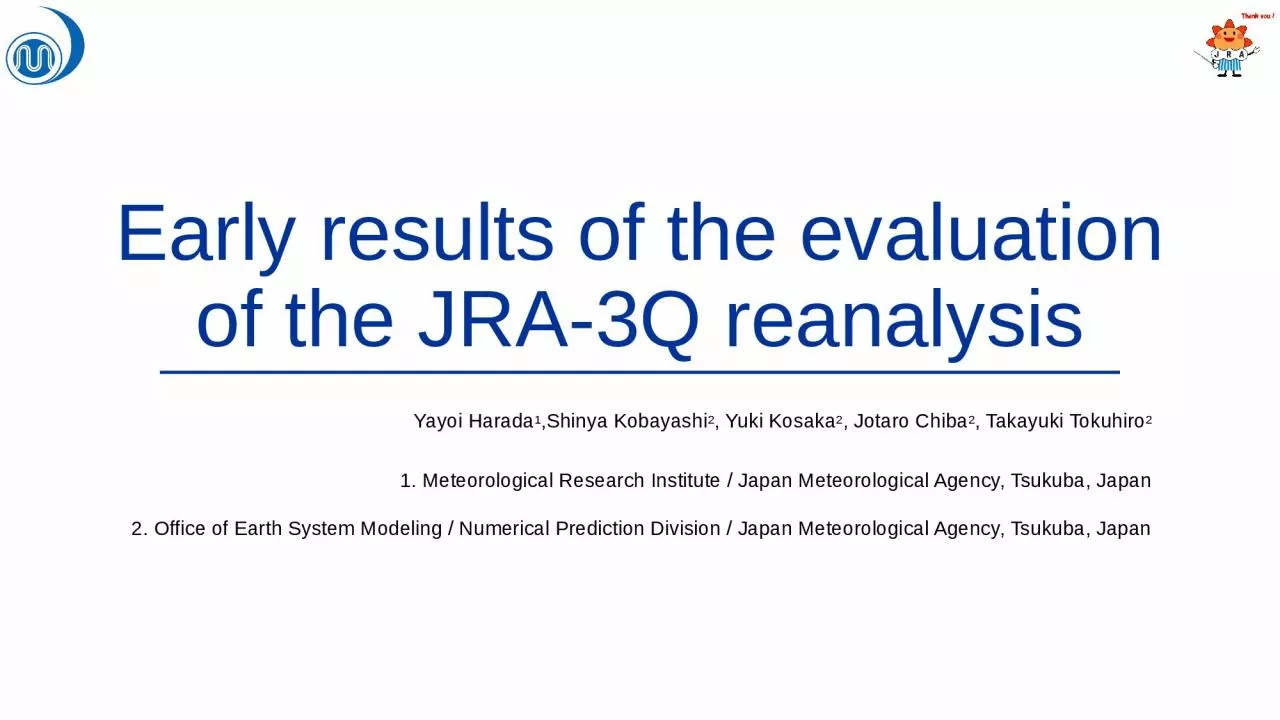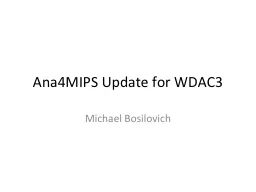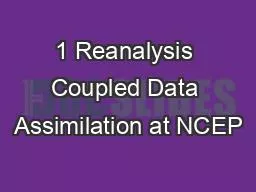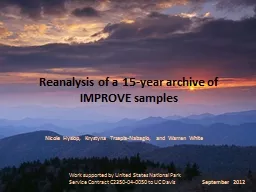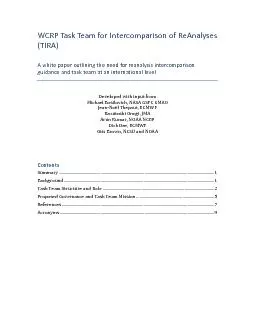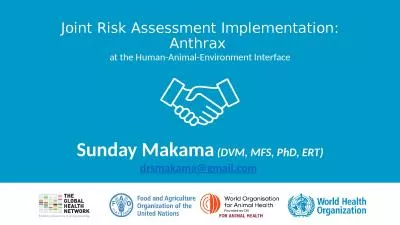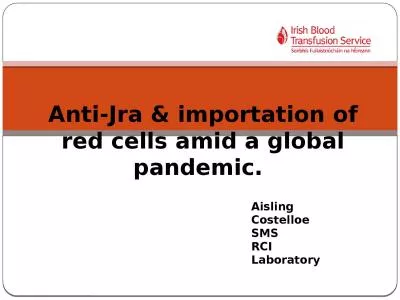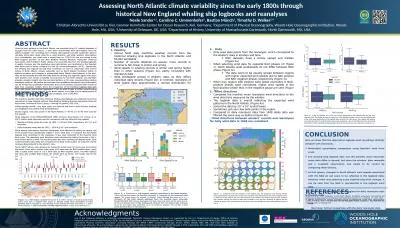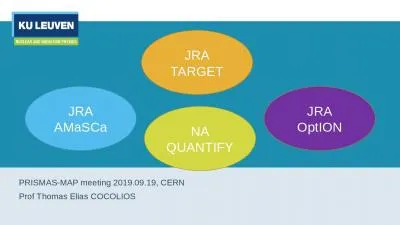PPT-Early results of the evaluation of the JRA-3Q reanalysis
Author : hazel | Published Date : 2024-01-03
Yayoi Harada 1 Shinya Kobayashi 2 Yuki Kosaka 2 Jotaro Chiba 2 Takayuki Tokuhiro 2 1 Meteorological Research Institute Japan Meteorological Agency Tsukuba Japan
Presentation Embed Code
Download Presentation
Download Presentation The PPT/PDF document "Early results of the evaluation of the J..." is the property of its rightful owner. Permission is granted to download and print the materials on this website for personal, non-commercial use only, and to display it on your personal computer provided you do not modify the materials and that you retain all copyright notices contained in the materials. By downloading content from our website, you accept the terms of this agreement.
Early results of the evaluation of the JRA-3Q reanalysis: Transcript
Download Rules Of Document
"Early results of the evaluation of the JRA-3Q reanalysis"The content belongs to its owner. You may download and print it for personal use, without modification, and keep all copyright notices. By downloading, you agree to these terms.
Related Documents

